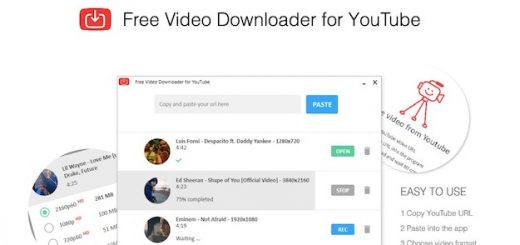Blogging is one of the commonest web activities for many reasons.
In most instances it’s free or at least relatively inexpensive to set up a blog.
Once you’re up and running blogs are easy to maintain. And provided you’ve got something interesting to say there’ll be an audience waiting for your content.
The next step? Making money from your blog. The best way to do this? Without a doubt, affiliate marketing.
Here are four strategies to consider.

Affiliate Marketing Strategies
1. Laying the trail
Let’s assume you’ve gone through the all-important preliminary steps – conducting general market analysis, researching your product, designing a sleek and streamlined blog then signing-up with the appropriate affiliate program. What should be your first basic consideration when it comes to developing a marketing strategy? Laying a trail from your potential customer base to your blog (and by extension, giving access to the hyperlinks within your content that will entice your clients to the affiliated site to actually make purchases.)
This involves optimizing your web platform for search engine ranking, a standard procedure relevant to every single web presence, from your own blog right up to NASA. Consider the product in terms of the keywords your customers would pop into their search bars in order to track it down. Think of related words. Even consider common misspellings of the item. Now make a list of all these words before ‘seeding’ your content with them.
This can be tricky, and an important point to bear in mind is the fact that search engines are savvy enough to realise when they’re being misled. So don’t randomly insert multiple examples of these keywords all over your blog. Restrict them to strategic placings, such as near the beginning and at the end of paragraphs. Product reviews are excellent for grabbing customers’ attentions, and these can be enhanced with images. The latter will be invisible to searches unless you describe them with the appropriate ‘Alt’ tags.
2. Structure your posts
Blogs should adhere to the general Internet principle that less is more. Avoid cluttered text by breaking content into easily-digestible paragraphs, preferably with sub-headings, bullet points, quotations and images. The links to the product should flow with the text and be clearly labelled so the customer appreciates they’re not on the retailer’s site. The actual purchase page must have streamlined navigation and clean, logical ‘buy it’ buttons.
Broken links are an absolute no-no, so make sure you keep your blog regularly maintained. Your overall design should be revamped every now and again to give your customers the impression of fluidity and dynamic content rather than stagnation.
3. Highlight the best
Don’t assume the more content you include relating to your affiliated products the better. Discernment is crucial here, so a far more profitable strategy would be to thoroughly edit your text. Concentrate on highlighting the best aspects of the most popular product. Encourage your customers to leave reviews, but only post the 5-star versions. There’s absolutely no point in cramming your blog with mediocre reactions to the product. Think of reading film reviews. When confronted with a list you’re most likely be inspired to read the best ones.
4. Become the authority
Whatever the product, a well-rounded blog will convey the message you’re an authority on your product. Reinforce this impression with regular interaction with your customer base. Be proactive with your product rather than simply sitting back and assuming your SEO and hyperlinks will do your groundwork. CPA affiliate marketing is an exciting e-commerce venture, and if you get it right it can become very worthwhile indeed.




